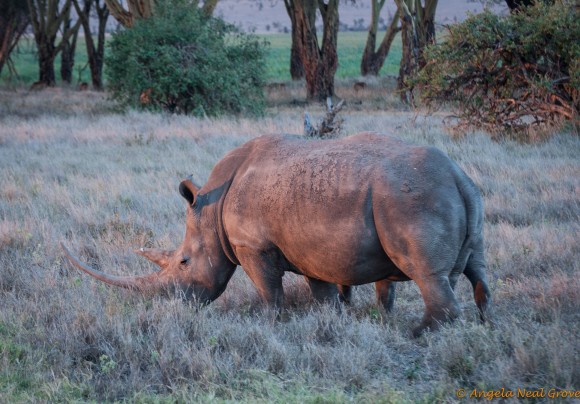
World Rhino Day, 22 September…
Staying at Lewa Wildlife Conservancy everything seemed perfect. Mount Kenya crowned the distant skyline, an imposing backdrop when driving or
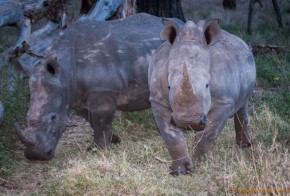
hiking at sunrise and sunset to see giraffe, elephant, gazelle, zebra, leopard and yes, rhino.
But all was not perfect. Shortly before our arrival a magnificent full grown rhino was poached, killed for its horn. Since then more of these creatures have been slaughtered. Just recently others have been moved to a safer sanctuary. Rhinos are fighting for their lives.
Towards Extinction
Numbers vary according to the source, but from an estimated 5 million rhino at the beginning of the 20th century there may now be fewer than 500,000. Loss of habitat is a factor but poaching is the paramount threat. International criminal syndicates fund and organize the killing and sale of rhino horn, arming poachers with AK-47s. The fight is on. At Lewa I met a crack K9 patrol
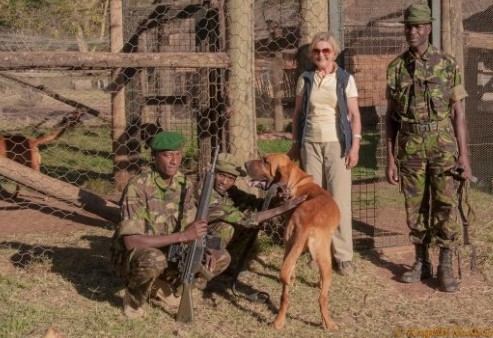
of bloodhounds and their handlers working on the front lines of the poaching battle. There are also sophisticated intelligence gathering networks, Google Earth helps track movements and soon drones may join the fight.
International Demand for Rhino Horn
Rhino horn has always been prized. In the Yemen, daggers called jambiya, with polished rhino horn handles, are presented to boys when they reach the age of 12. However it is the growing popularity for horn as a panacea for maladies from cancer to hangovers which is pushing the current slaughter.
What’s in a horn?
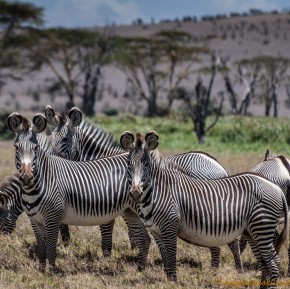
Keratin, the same substance as finger nails, hooves and hair – the much touted curative properties are completely erroneous. In Hong Kong researchers recently found doses of rhino horn extract could slightly lower fever in rats. However concentrations of horn given by Chinese medicine specialists are many many times lower than those used in experiments. Deductions are that chewing on fingernails gives the same benefit.
Who Buys It?
The main market for horn is now Vietnam where their last Javan rhino was killed by a poacher’s bullet in 2010, snuffing out an entire rhino subspecies, according to the World Wild Life Organization. They add, in India’s Kaziranga National Park a rhino was mowed down with a machine gun on September 17.
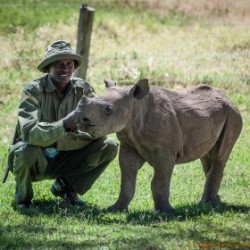
What can we do? How can each of us help?
The world is dealing with an unprecidented spike in wildlife crime. To assist, Google awarded the World Wildlife Fund a $5 million Global Impact Award to create technology to protect wildlife.
On September 26th during the United National General Assembly in New York a meeting convened by Gabon and Germany will put a global spotlight on the issue. The WWF is urging governments to seize the opportunity to accelerate efforts to stop illicit wildlife trafficking. Prince William is helping to raise awareness of the slaughter pic.twitter.com/33vImjBPwy.
What Can we do? How can we help? Every little bit helps
Join the conversation on World Rhino Day with the Twitter hashtag #iam4rhinos.
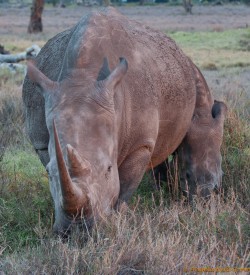
Forward this blog post to your friends!
Every little bit counts. Remember these magnificent creatures are fighting for their lives. Help keep them safe and lets keep them horny.
“Earth provides enough to satisfy every man’s needs, but not every man’s greed.” ― Mahatma Gandhi #iam4rhinos
Author Elspeth Huxley, born in 1907 grew up in Africa, wrote in her childhood memoirs:
“The animals were still there in unsuspecting millions, they did not know that they were doomed.”
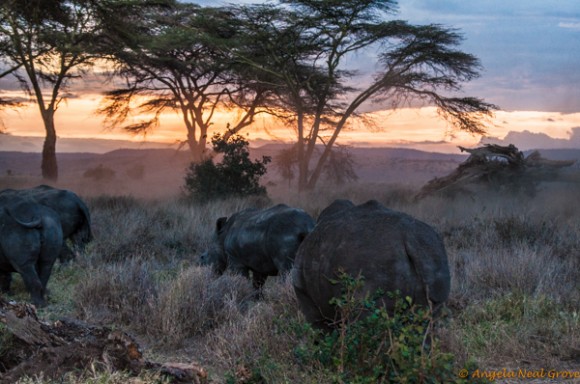
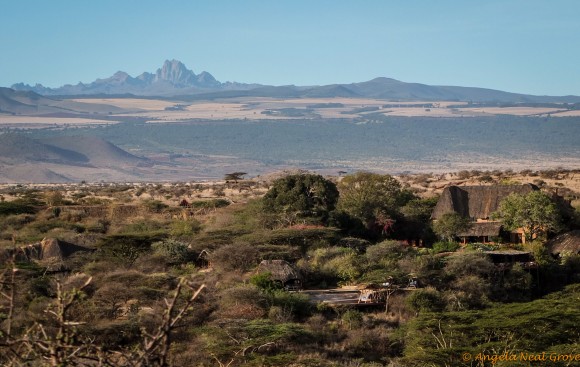
Well said Mom!
Thank you. I can’t imagine a world without rhino.
Well said. Story well-told. Thank you for bring this to my attention and showing me what these rhinos are like in their natural habitat.
They are so beautiful in their natural habitat and such an integral part of the African eco-system. Of course they are one of the Big Five which draws tourism and money to Africa
Angela – No one captures this crisis better than you! Thank you – Betsy
Thank you Betsy – yes it is a crisis
Good going, Angela!!
You are a marvel! And it’s so interesting how misinformation can start such a harmful trend.
Perhaps a new trend of harvesting human fingernail fragments ! could lead to another remedy for whatever they think the rhino horns cure. ( the ultimate in recycling and so available !)
Thanks for this info!
Great idea Chris!
Thanks for the insight to this crisis. As usual you are there to inform. Kai
Thank you Kai. I feel spreading the word is my small contribution. Every little bit helps.